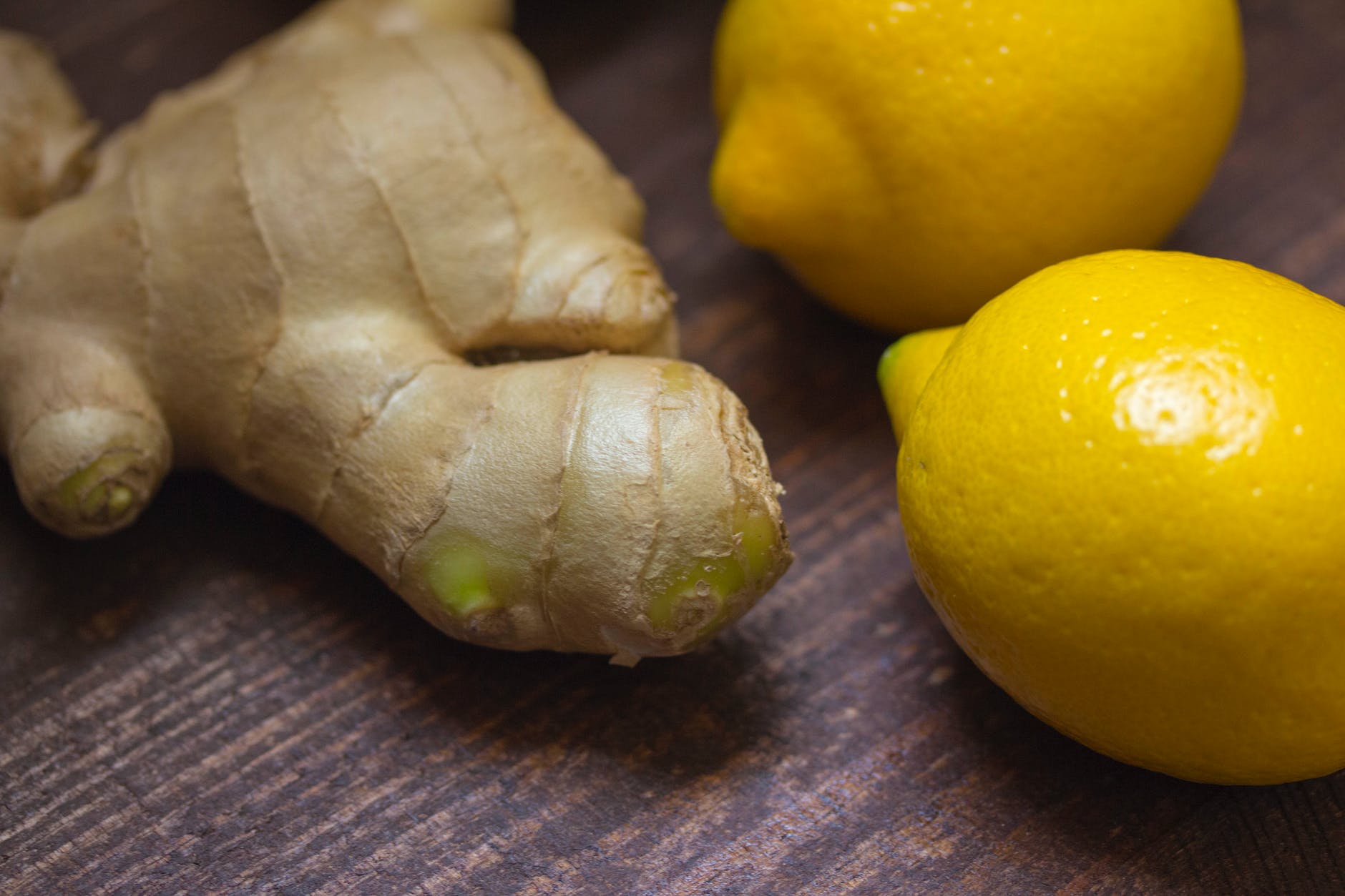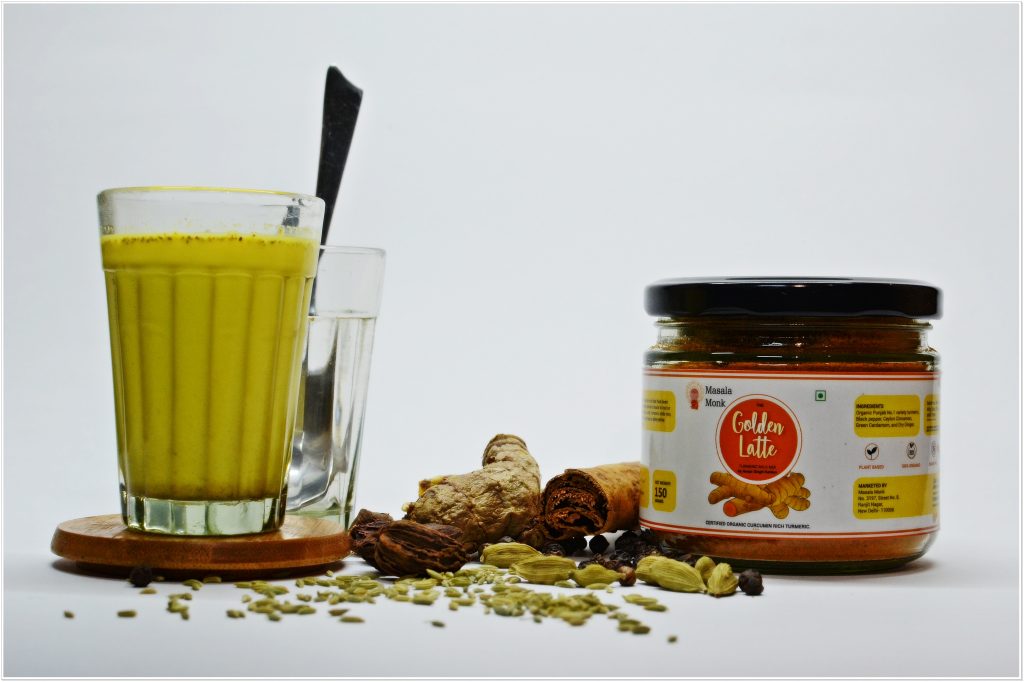
Introduction
A steaming cup of coffee is more than just a morning ritual for many. Beyond its invigorating taste and aroma, this beloved beverage might also be a breath of fresh air for asthma patients. Dive into the intricate relationship between coffee, its primary component – caffeine, and asthma. We’ll unravel common questions, scientific explanations, and what this means for those living with asthma.
The Science Behind Coffee and Asthma
How Does Caffeine Work?
- Nature’s Stimulant: Derived from coffee beans, tea leaves, and cacao pods, caffeine stands out as a natural stimulant that has been consumed for centuries.
- Brain Booster: Upon entering the bloodstream, caffeine stimulates the central nervous system. This results in heightened alertness, reduced perception of fatigue, and an overall sense of increased energy.
- Beyond the Brain: While caffeine’s cognitive benefits are well-documented, its influence extends to other physiological systems, including the respiratory system, which is of particular interest to asthma patients.
Caffeine as a Bronchodilator
- The Breath of Life: Bronchodilators are agents that expand the airways in the lungs, facilitating easier breathing. They play a pivotal role in managing and treating respiratory conditions, especially asthma.
- Caffeine’s Respiratory Role: Scientific studies have highlighted caffeine’s ability to function as a mild bronchodilator. By relaxing bronchial muscles, caffeine can potentially alleviate asthma symptoms, enhancing airflow and reducing respiratory discomfort.
- A Glimpse into the Past: Historically, before the development of specialized asthma medications, caffeine was a go-to remedy for asthma. Its ability to open up the airways made it invaluable for those seeking relief from asthma’s constricting grip.
Benefits of Coffee for Asthma Patients
Immediate Relief During an Asthma Attack
- The Power of Black Coffee: During an asthma flare-up, sipping on black coffee can offer temporary respite. The caffeine present dilates the bronchial passages, ensuring improved airflow and reduced wheezing.
- Why Specifically Black Coffee? Black coffee, devoid of milk or sweeteners, is often recommended because additives can dilute the caffeine concentration. This dilution might diminish the coffee’s potential bronchodilating effects.
Long-term Benefits of Caffeine Consumption
- Sustained Symptom Alleviation: Emerging research suggests that consistent caffeine consumption might lead to a gradual reduction in asthma symptoms. This isn’t an endorsement to replace prescribed medications with coffee but an acknowledgment of its potential supplementary benefits.
- Beyond Coffee: While coffee remains a popular source of caffeine, other foods and beverages, such as tea, chocolate, and certain soft drinks, can also confer similar respiratory benefits.
- Moderation is Key: While the potential benefits of caffeine for asthma are promising, it’s essential to approach its consumption with caution. Overindulgence can lead to other health complications, including jitteriness, sleep disturbances, and cardiovascular concerns.
As we delve deeper, we’ll explore the potential risks of caffeine for asthma patients, debunk prevalent myths, and offer insights into how coffee can be seamlessly integrated into an effective asthma management regimen. Always prioritize consultation with a healthcare professional before introducing significant dietary changes.
Potential Risks and Concerns
Can Coffee Trigger Asthma?
- Individual Responses: Just as people react differently to foods and medications, the response to coffee can vary among asthma patients. While many find relief, some might experience exacerbated symptoms after coffee consumption.
- Allergens and Additives: It’s not always the caffeine that might cause a reaction. Ingredients added to coffee, such as milk, sugar, or flavorings, could be potential allergens for some individuals, triggering asthma symptoms.
- Over-reliance: Depending solely on coffee for asthma relief can be risky. It’s essential to remember that while caffeine can offer temporary relief, it’s not a replacement for prescribed asthma medications.
Caffeine and Asthma Medication
- Interaction Concerns: Some asthma medications might interact with caffeine, leading to increased heart rate or heightened anxiety. It’s crucial to be aware of potential interactions and consult with a healthcare provider.
- Enhanced Effects: In some cases, the combination of caffeine and certain asthma medications might amplify the broncho-dilating effects, which can be beneficial but should be monitored.
- Medication Timing: Consuming coffee close to the time of taking asthma medication might either dilute the medicine’s effect or intensify it. It’s advisable to space out coffee consumption and medication intake.
Common Myths and Misconceptions
Does Hot Coffee Help More Than Cold Coffee?
- Temperature Tidbits: A prevalent myth is that hot coffee is more effective for asthma relief than its cold counterpart. In reality, it’s the caffeine content that matters, not the temperature. However, the warmth of hot coffee might provide a soothing effect on the throat.
- Concentration Matters: Different coffee preparations have varying caffeine concentrations. For instance, a cold brew might have a higher caffeine content than a regular hot brewed coffee, depending on the brewing time and coffee-to-water ratio.
The “Stronger” Coffee Myth
- Strength vs. Caffeine: Many believe that a “stronger” or more bitter coffee equates to higher caffeine content. However, the strength or bitterness of coffee is often a result of the roast level and brewing method, not necessarily its caffeine content.
- Choosing Wisely: For those looking to maximize caffeine intake for potential asthma relief, it’s essential to research and choose coffee types known for higher caffeine concentrations, rather than relying on taste alone.
In the upcoming sections, we’ll provide practical tips for those with asthma considering integrating coffee into their daily routine. We’ll also address frequently asked questions to ensure readers are well-informed and confident in their choices. As always, personal health decisions should be made in consultation with medical professionals.
Practical Tips for Asthmatics
How Much Coffee is Safe to Drink?
- Balancing Act: While coffee can offer potential benefits for asthma, moderation is crucial. For most adults, 400 milligrams of caffeine (about four 8-ounce cups of brewed coffee) is considered safe. However, individual tolerance can vary.
- Listen to Your Body: It’s essential to observe how your body reacts to caffeine. If you notice symptoms like jitteriness, insomnia, or increased heart rate, it might be a sign to cut back.
- Children and Caffeine: Children with asthma should consume caffeine under strict guidance, if at all. Their tolerance is typically much lower than adults, and potential side effects can be more pronounced.
Best Times to Drink Coffee for Asthma Relief
- Morning Boost: Many people find that their asthma symptoms are more pronounced in the morning. A cup of coffee upon waking can help alleviate these symptoms and kickstart the day.
- Pre-Exercise: If exercise triggers your asthma, consider having a cup of coffee about 30 minutes before your workout. The caffeine can act as a bronchodilator and may help prevent exercise-induced asthma symptoms.
- Night-time Caution: It’s advisable to avoid caffeine several hours before bedtime. While it might help with breathing, it can also disrupt sleep patterns.
Debunking Myths: Coffee and Asthma FAQs
Why Does Caffeine Stop Asthma Attacks?
- Bronchial Relaxation: Caffeine is structurally similar to a drug called theophylline, which is sometimes used to treat asthma. Both can relax the bronchial muscles, leading to widened airways and improved airflow.
Can You Drink Coffee After Using an Inhaler?
- Spacing it Out: While there’s no strict rule against it, it’s a good idea to space out caffeine consumption and inhaler use. Both can stimulate the nervous system, and taking them together might lead to heightened effects.
Is Decaf Coffee Good for Asthma?
- Lower Caffeine Content: Decaf coffee contains some caffeine, but much less than regular coffee. If it’s the caffeine that aids in asthma relief, decaf might be less effective. However, if you enjoy the ritual of drinking coffee and want to reduce caffeine intake, decaf is a good option.
How Does Caffeine Affect Asthma?
- Dual Action: Caffeine not only acts as a bronchodilator but also has anti-inflammatory properties. This dual action can help reduce inflammation in the airways and improve breathing in some asthma patients.
In the final sections, we’ll delve deeper into the nuances of coffee types, brewing methods, and their implications for asthma. We’ll also provide a roundup of the latest research on this intriguing topic. Remember, while coffee can be a delightful and potentially beneficial beverage, it’s essential to make informed choices and consult with healthcare professionals.
Exploring Coffee Types and Brewing Methods
Different Beans, Different Benefits
- Arabica vs. Robusta: While Arabica beans are praised for their smooth flavor and aromatic qualities, Robusta beans typically contain more caffeine. If you’re drinking coffee primarily for the caffeine content, Robusta might be the better choice.
- Roast Levels: Light roasts retain more caffeine than dark roasts. So, if you’re aiming for a higher caffeine content, a light or medium roast might be more effective than a dark roast.
Brewing Techniques and Their Impact
- Cold Brew: This method involves steeping coffee grounds in cold water for an extended period (usually 12-24 hours). Cold brew can have a higher caffeine concentration, depending on the coffee-to-water ratio and steeping time.
- Espresso: Espresso shots, while small in volume, pack a punch in terms of caffeine content. They can be a quick way to get a caffeine boost.
- French Press and Drip: These are among the most common brewing methods. While they deliver a delightful flavor, their caffeine content is typically standard, neither too high nor too low.
Latest Research and Findings
The Evolving Understanding of Caffeine and Asthma
- Recent Studies: Modern research continues to explore the relationship between caffeine and asthma. Some studies suggest that regular caffeine consumption can lead to long-term improvements in lung function.
- Limitations and Considerations: While many findings are promising, it’s essential to approach them with a critical mind. Factors like the study’s sample size, duration, and methodology can influence outcomes.
- Beyond Asthma: Recent research also delves into caffeine’s potential benefits for other respiratory conditions, expanding our understanding of its therapeutic potential.
The Future of Caffeine in Asthma Treatment
- Potential in Medication: With its broncho-dilating properties, there’s ongoing research into incorporating caffeine into asthma medications or using it as an adjunct therapy.
- Holistic Approaches: The future might see a more holistic approach to asthma management, where lifestyle, diet, and traditional medications are combined for optimal patient outcomes. In such a scenario, caffeine’s role could be pivotal.
In conclusion, the relationship between coffee, caffeine, and asthma is intricate and multifaceted. While there are undeniable benefits, it’s essential to approach the topic with balance and knowledge. Always prioritize your health and consult with medical professionals when making decisions about your asthma management.











